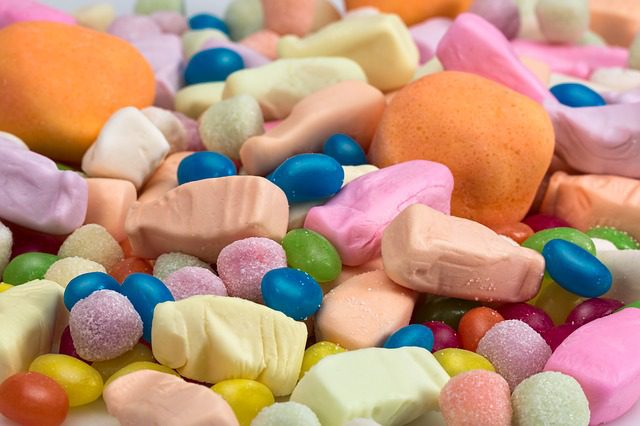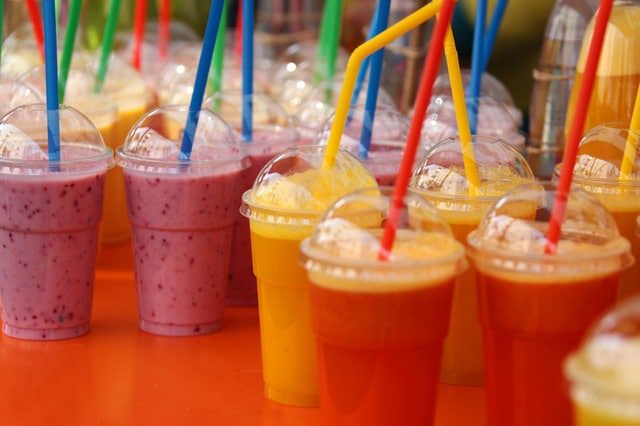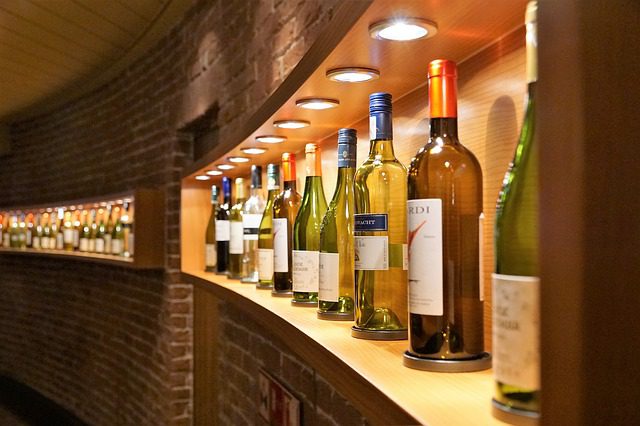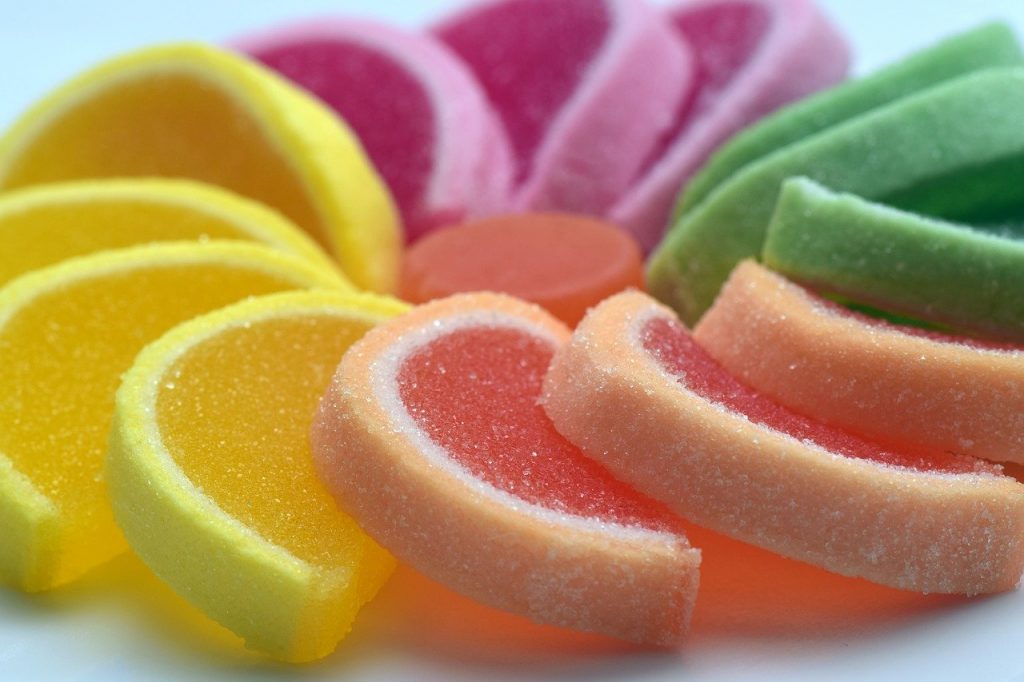Preservative 202, commonly known as potassium sorbate, is a food additive. Preservative 202 is widely used in foods, drinks, and beauty products as a preservative.
Potassium Sorbate weighs 150.22 g/mol. Preservative 202 is white and is very soluble in water. Preservative 202 is gluten-free and vegan. Due to its nature of slowing the yeast growth, it helps improve the shelf life of food products.
Table of Contents
Origin of Preservative 202
Preservative 202 or potassium sorbate is synthesized chemically by adding potassium hydroxide to sorbic acid. The lactone component of sorbic acid naturally exists in berries such as rowan berries, Sorbus aucuparia L, and it first extracted. Certain fruits such as cranberries, currants, and strawberries contain natural sorbic acid.
The chemical formula of preservative 202 is CH3CH.
Commercial production

Sorbic acid is manufactured commercially using the condensation method ketene – crotonaldehyde. It is treated with sodium hydroxide, hydrochloric acid, and activated charcoal by processing sorbic acid synthetically.
The potassium salt may be produced from production streams of batch or sorbic acid before drying. Extrusion and palletization are further granulated.
Related Reading:
Are all food additives harmful? Here we listed seven additives that you don’t need to worry about.
FDA Studies regarding Preservative 202 or Potassium Sorbate
Potassium sorbate, which is made synthetically, prolongs food shelf life by stopping mold, yeast, and fungal growth. The French found this food additive in the 1850s, who had it extracted from mountain ash tree berries. For the last fifty years, its protection and uses as a preservative have been studied. When used appropriately, the U.S. Food and Drug Administration (FDA) recognizes this food additive as being generally safe. Keeping safety in mind, this food additive can be safe for people who do not have certain medical conditions.
If you ingest potassium sorbate as a nutritional substitute, this food additive passes harmlessly into the body as water and carbon dioxide. It doesn’t build up inside your body.
Uses of Preservative 202 or Potassium Sorbate
Potassium sorbate is on the ingredient list for several popular foods. It is a common preservative since it is sturdy and does not change a product ‘s characteristics, such as flavor, smell, or appearance. Preservative 202 or potassium sorbate is water-soluble, too, and operates at room temperature. It is also present in apple cider, baked goods, canned fruits and vegetables, cheeses, dried meats, dried fruit, ice cream, pickles, etc.
1. Used in Personal Care Product
Preservative 202 is also used in personal care items as antimicrobial and preservative, such as eyeshadow, sunscreens, shampoos, moisturizers, and contact lens solutions.
2. Used in Packaged Foods

Preservative 202 is used in many foods, such as cheese, wine, yogurt, dried meats, apple cider, rehydrated fruit, soft drinks, and fruit drinks, and baked goods, to inhibit molds and yeasts. It used for cooking things like hotcake syrup and milkshakes.
It can also use on other dried fruit items in the ingredients list. Additionally, herbal diet supplements generally contain potassium sorbate, which acts to prevent mold and microbes and increase shelf life. No adverse health consequences are identified if used frequently.
3. Used as Wine Stabilizer

Often known as the “wine stabilizer,” Preservative 202 creates sorbic acid when introduced to the wine. It fits two ends. When active fermentation has stopped, potassium sorbate makes any surviving yeast unable to multiply.
At that moment, yeast living can continue to ferment any residual sugar into CO2 and alcohol, but when they die, there will be no new leaves to cause future fermentation. While sweetening a wine before bottling, potassium sorbate is used in combination with potassium metabisulfite to avoid re-fermentation.
It is mainly used with sweet wines, sparkling wines, and some hard ciders but can add to table wines, which are difficult to maintain.
4. Used as Preservative
Preservative 202 or E202 is also used as a preservative in Animal feed and is usually safe for them.
This preservative’s labeling on statements of ingredients reads as “potassium sorbate” or “E202” It is also used to inhibit the development of micro-organisms for shelf stability in many personal care products.
Some producers use this preservative as a replacement for parabens. Potassium sorbate tubular feeding decreases the gastric pressure of pathogenic bacteria.
Related Reading:
A complete detail about INS 319 food additive.
Application of Potassium Sorbate
Potassium sorbate is usually found in chemically leavened goods (dry-mixed with flour) at a batter weight range of 0.03 to 0.4 percent. Due to its worsening effects on yeast cells, Preservative 202 is capable of reducing loaf volume and generating a sticky dough that is difficult to process, so it is not suitable for bread baking. K-sorbate can also be sprayed onto surfaces of the product after cooking, such as with tortillas.
Related Reading:
Know everything about humectant 451 here.
Frequently Asked Questions
Here we have answered a few interesting FAQs about the preservative 202.
1. Is preservative 202 safe?
When used appropriately, the U.S. Food and Drug Administration (FDA) recognizes this food additive as being generally safe. Keeping safety in mind, this food additive can be safe for people who do not have certain medical conditions.
If you ingest potassium sorbate as a nutritional substitute, this food additive passes harmlessly into the body as water and carbon dioxide. It doesn’t build up inside your body.
2. Is preservative 202 vegan?
Preservative 202 is white and is very soluble in water. It is gluten free and vegan.
3. What are the side effects of preservative 202?
Generally, preservative 202 is harmless. However, excess intake of it can cause mild to severe side effects such as asthma, eye irritation, stomach problems and eczema.
4. What is preservative 202 made of?
Preservative 202 or potassium sorbate is synthesized chemically by adding potassium hydroxide to sorbic acid.
5. What preservatives should be avoided?
There are many food preservatives used in the market by the food industry, but these preservatives should be avoided as it is harmful in the long term.
- Sodium Nitrite
- MSG
- Trans Fats
- High Fructose Corn Syrup
- BHA & BHT
Conclusion
Potassium Sorbate or Preservative 202 is a gluten-free synthetic food additive that is primarily used to improve the shelf life of food and cosmetic products. Most food additives are made from maize or potato starch, which make them gluten free. Many people could be sensitive to these food additives, so one should consume the products carefully.
Food additives can have severe reactions on some people with certain medical conditions or food intolerance. It is said that preservative 202 could be an eye, skin and respiratory irritant. Therefore, it is important to ensure you don’t have allergies that could affect your skin, and other parts of the body.


